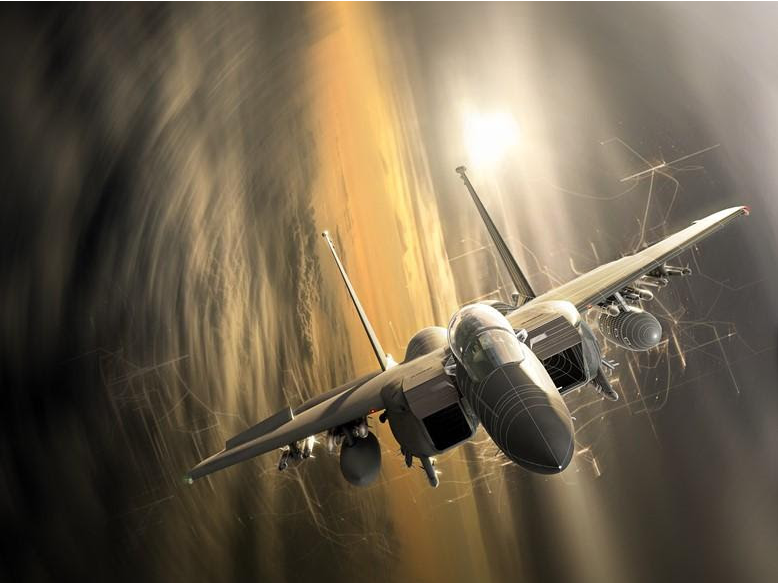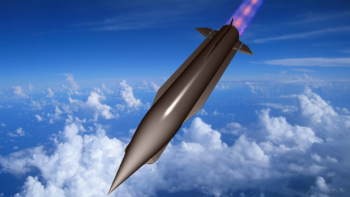
Photo: Courtesy of Boeing
Innovation has been part of the Boeing F-15 program’s DNA for nearly 50 years. Today, the latest variant of the undefeated fighter – the F-15EX – is raising the bar once again, with the aircraft designed to evolve digitally and stay ahead of threats for several decades to come.
In bringing the F-15EX to life, Boeing built on the successes of new franchise programs like the T-7A Red Hawk trainer and MQ-25 Stingray unmanned refueling aircraft – where hundreds of digital aircraft flew thousands of hours before any metal was cut or any real-life test flights occurred. This digital approach enables not only reduced fabrication time, but also streamlined field maintenance.
Additionally, F-15EX is built with a high-speed digital backbone and open mission systems architecture powered by a new processor, ensuring the warfighter can benefit from the rapid insertion of new technologies including next-generation sensors. Designing the F-15EX to be digitally enabled gives warfighters the ability to use Boeing software and third-party software applications to deliver ever-increasing capabilities and keep pace with the ever-changing threat environment.
The F-15EX was designed to evolve from day one. Today, the aircraft brings fly-by-wire flight controls, a new electronic warfare system, an all-glass digital cockpit and the latest mission systems and software capabilities, as well as the ability to carry advanced hypersonic weapons. While its future capabilities are not yet specifically defined, the F-15EX can leverage its unique open architecture to rapidly and affordably incorporate technological advancements such as hypersonic weapons and manned-unmanned teaming.
Whatever new technologies the F-15EX might incorporate, it is clear that these aircraft will not simply replace older F-15s, but will give the Air Force significant new capabilities, complementary of the entire fleet.
Another key benefit of designing, integrating and testing in a digital environment is that issues can be identified long before they arise in operating and sustainment environments, which ultimately delivers greater value throughout the life cycle of the product.
In fact, the development and testing of fully digital models allows Boeing to integrate new components faster by doing virtual testing. When using this approach on the F-15EX nose barrel, after the initial learning curve, it led to a nearly 70% reduction in touch labor in the workshop.
With less investment required for logistics, sustainment, training and development of weapons integration, the U.S. Air Force has estimated that refreshing the F-15 fleet with F-15EX aircraft will save billions of dollars compared to replacing them with other aircraft, and they will transition into service in months as opposed to years. It is an affordable and efficient way to refresh the U.S. Air Force’s fighter capacity and improve its capability for air superiority and homeland defense.
Boeing’s lead in digital engineering has underpinned the F-15EX’s success, schedule and low price, and will provide rapid capability growth through open architecture and agile software development. The F-15EX aircraft is a capable, affordable and ready to serve platform for the U.S. Air Force and Air National Guard. The first two jets were delivered to Eglin Air Force Base earlier this year, and production continues as Boeing remains committed to delivering a modern F-15 fleet that will offer the flexibility and interoperability needed for tomorrow’s missions.
![]()





















